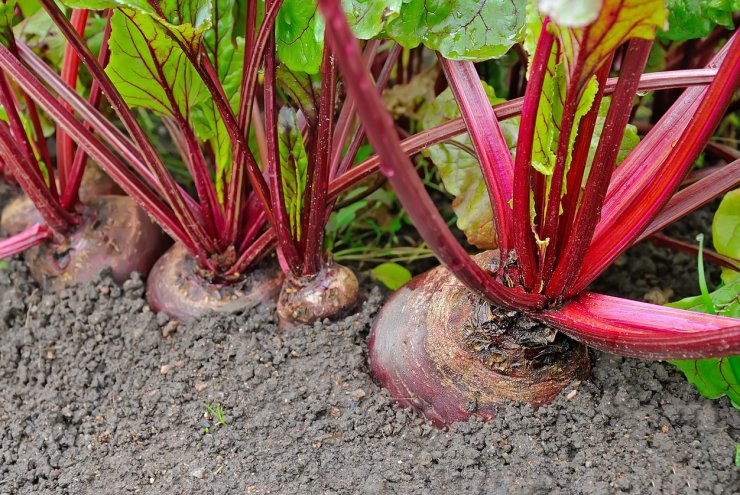
Beetroot in a vegetable garden
The first garden I planted got morning sun, but a mostly shady afternoon, and let’s just say my harvests mostly came up empty-handed. And I was particularly devastated when I tended to my watermelons daily, only for them to turn up pale and bland even in late August. There’s nothing like babying your garden all spring and early summer, to learn your placement is fundamentally flawed.
Lesson learned: Anything that you’re growing for fruit or roots need the sun. Otherwise, you’ll get a garden full of tomatoes that are more like cherry tomatoes (or ghost tomatoes because they never grow), viney but unripe squash, and the baby versions of everything else.
Don’t be discouraged, though. There are a lot of vegetables to grow in shade; you may just need to stick to buying your tomatoes at the farmers market.
Discover 10 top tips for growing, harvesting, and enjoying fruits, vegetables, herbs and more from your home garden—when you access the FREEBIE How to Grow a Vegetable Garden, right now!
No sun? Choose the right vegetables to grow in shade-covered patches and you’ll be pleasantly surprised with the results.
A lot of people assume a garden needs lots of sunlight, water, and warm temperatures. While that’s certainly true for many vegetables (and many people, for that matter), a lot of farmers and home gardeners select specific vegetables to grow in shade. Here are some of my favorites:
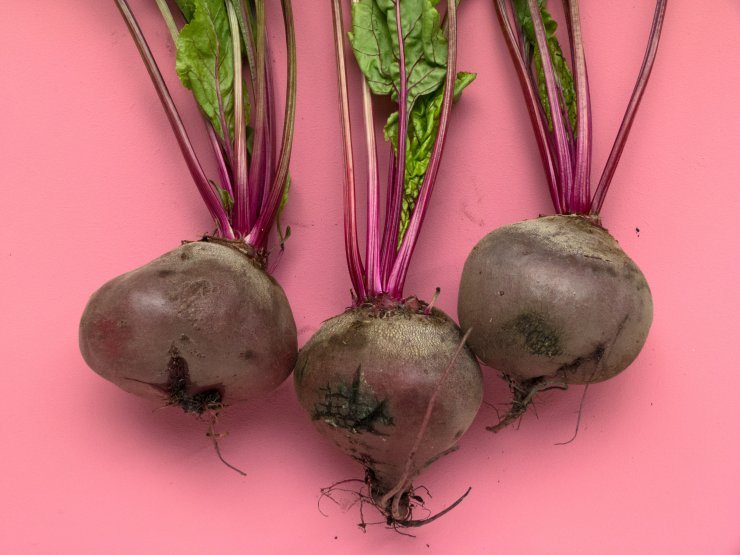
Beets
1. Beets. Beets (or technically, beet roots) are resistant to the cold and they develop mellow, earthy flavors when you grow them in partial shade. It doesn’t hurt that the beet greens are also delicious!
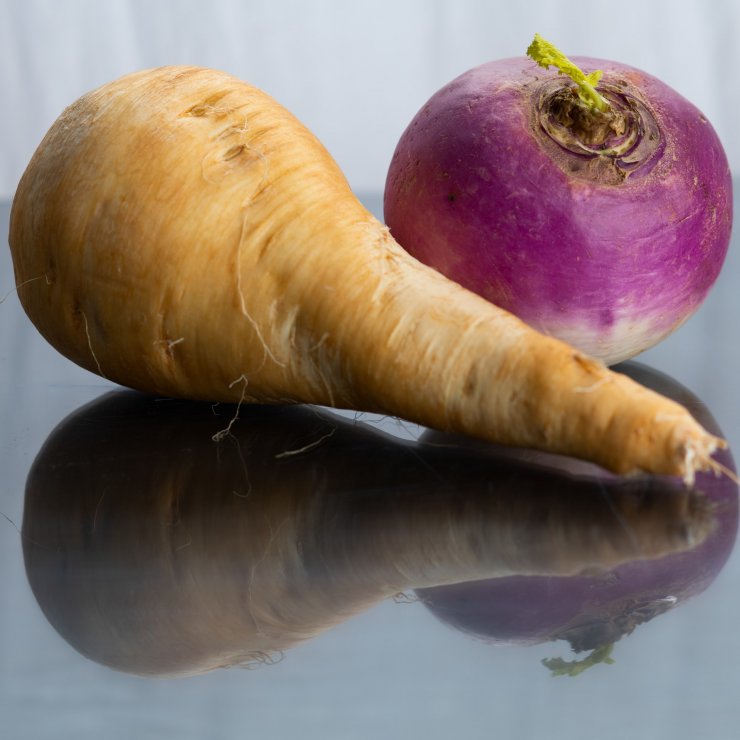
Turnip
2. Turnips. Another root vegetable with equally delightful greens, the turnip is perfectly content in partial shade. Just remember that partial shade translates to about six hours of sunlight (same with the beets above). And if you have a patio garden with vegetables to grow in the shade, they work well in containers.
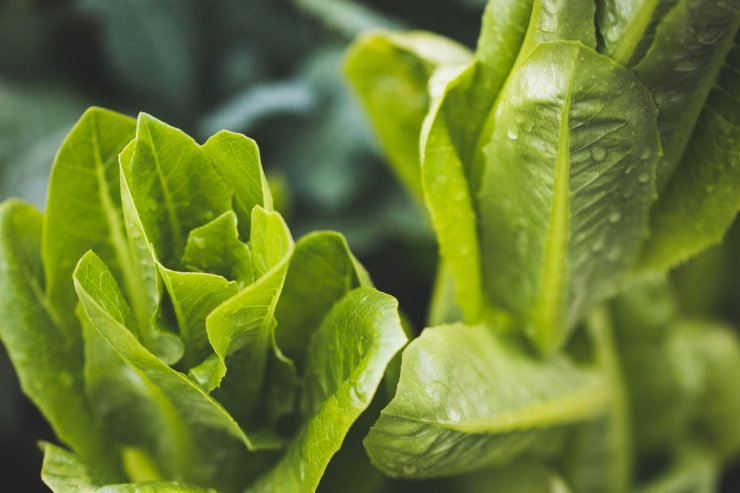
Lettuce
3. Lettuce. Of all the vegetables to grow in shade, lettuce might be one of the most care-free. Loose-leaf varieties are quicker to harvest, but as long as you have nutrient-rich, well-drained soil, almost any variety will grow well. I’d consider lettuce the poster-child of vegetables to grow in shade.
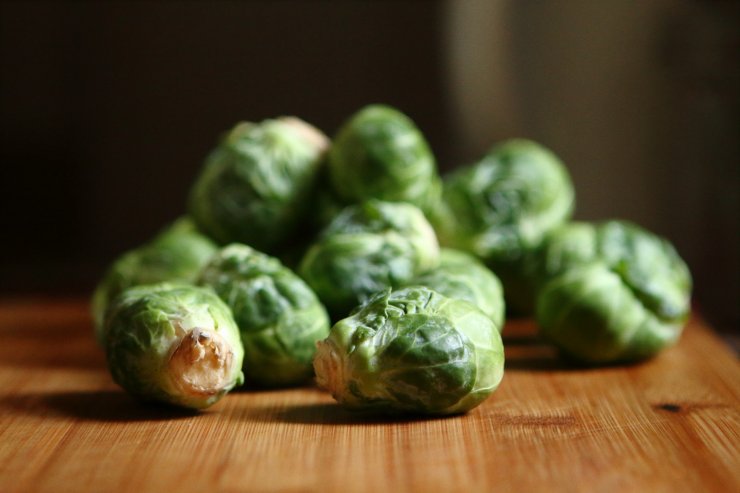
Brussel sprouts
4. Brussels sprouts. Brussels sprouts are slow-growing members of the Brassicaceae family, which also includes cauliflower, kale, and cabbage. They are happy as could be in the shade, and can grow well in cool conditions.

Broccoli
5. Broccoli. Broccoli is surprisingly easy to grow in partial shade. Keep the soil moist and relatively free of weeds and sit back to wait for your harvest.
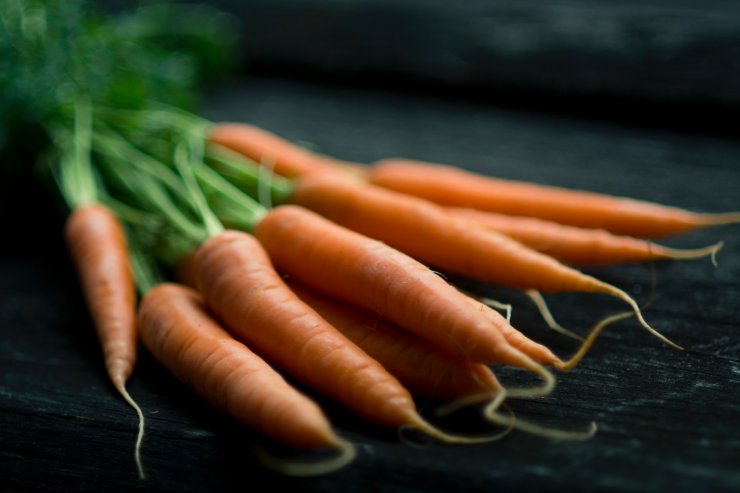
Carrots
6. Carrots. Carrots dig the sunshine, but they can also grow in partial shade. Plant them in well-aerated soil that’s free of rocks and roots. The lovely thing about carrots is that they mature pretty quickly, just be sure to weed the area regularly.
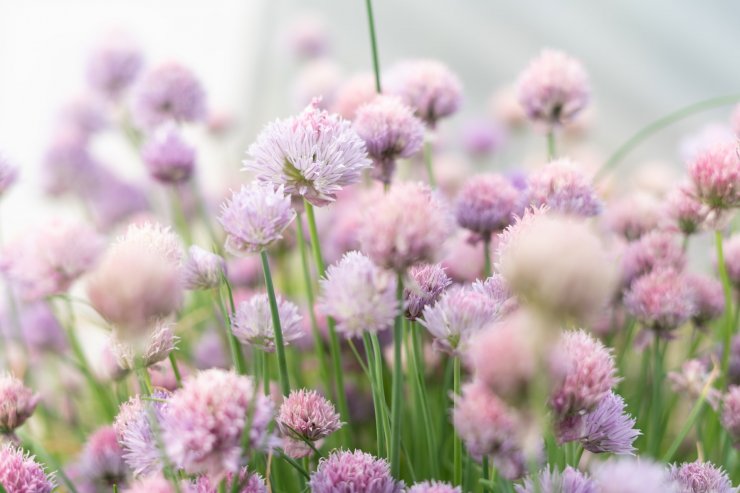
Chives
7. Chives. You can grow chives almost as easily as you can grow weeds. And they happen to be perennials, too, so they are about as stress-free as you can get for a shady garden space. As a bonus, chive flowers are a delicious addition to salads, and bees love them.
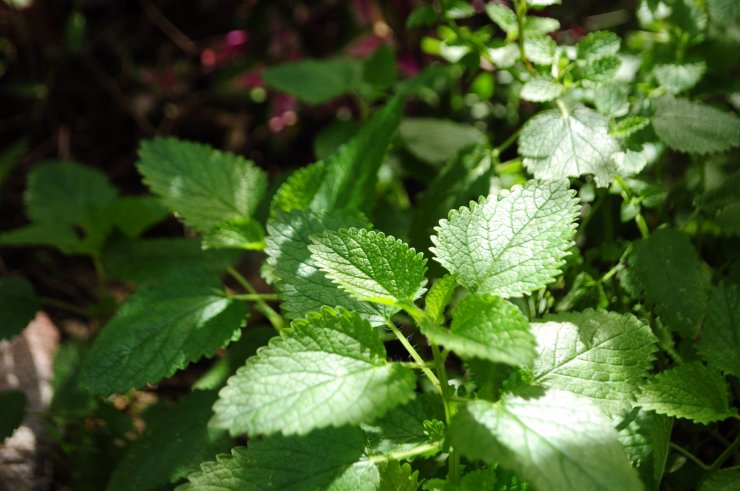
Mint
8. Mint. Honestly, if you want more herbs that grow like weeds under any condition, try mint. Mint is great in tea, cocktails, Middle Eastern and Greek dishes, salads, desserts… you get the idea (and now I’m hungry). Just beware that this perennial herb will take over your garden if you don’t contain it. That’s actually why partial-shade is beneficial for this herb — it will grow even faster in full sun. For a variation of mint that’s not just edible but also pretty in full purple bloom, plant my personal favorite, catmint.
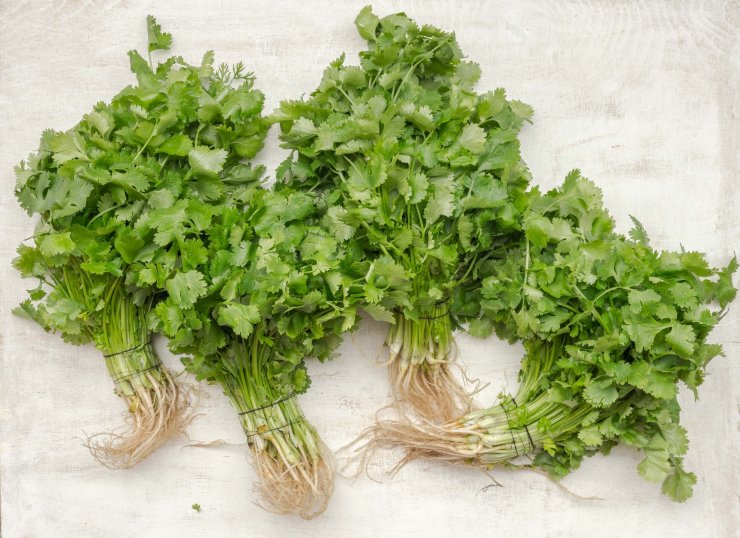
Cilantro
9. Cilantro. Cilantro is an annual herb, but you can harvest the leaves all summer long. This culinary favorite does appreciate some morning or afternoon sun, but it grows well in a container, so you can move it around if need be.
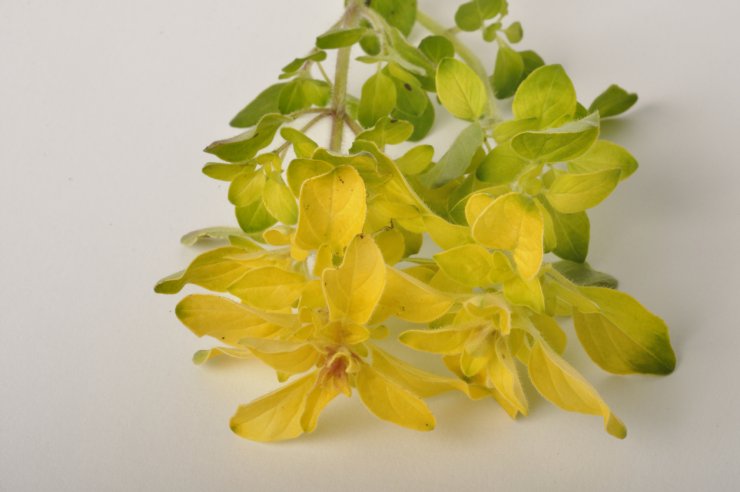
Golden oregano
10. Golden Oregano. I’m not positive, but I’m pretty sure oregano goes with just about anything. Pizza, beans, soup, or even mixed in with butter, this herb undoubtedly won the popularity contest. Most oregano prefers full sun, but golden oregano actually prefers the shade. Bonus, it’s another perennial, so you only have to plant it once. Clip the leaves all spring, summer, and fall for a delightful addition to your cooking.
If you want herbs and vegetables to grow in shade, but still love the idea of fresh produce on your table, any assortment of these will give you a nice selection.
What have you found are good herbs and vegetables to grow in shade? Share your success stories in the comments below.
Discover 10 top tips for growing, harvesting, and enjoying fruits, vegetables, herbs and more from your home garden—when you access the FREEBIE How to Grow a Vegetable Garden, right now!


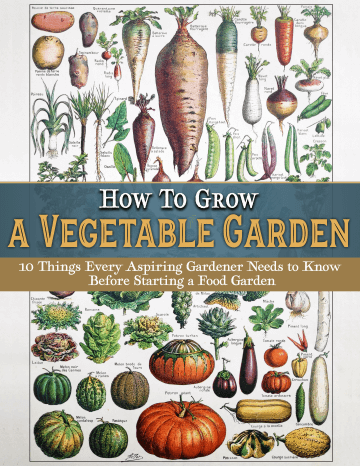


Hi, I have a big back yard full of sun, but I also have a lot of weeds which I can’t get rid of. The vines for instance are growing everywhere. I even tried Roundup, but the weeds keep coming back. I get so frustrated because I can’t plant a garden with all the seeds I have saved up. I could get a raised bed maybe, but I really would like to use my back yard. Oh, I also have poison Oak and Sumac in the yard. I would plant in the front, but it has hardly any sun and the cats from the neighbor come and poop there all the time. Thank you!
I haven’t tried this but it sounds like it might help: https://foodgardening.mequoda.com/daily/pests-diseases/reasons-to-try-soil-solarization-this-year-and-reasons-not-to/?mqsc=ED4387943&utm_source=WhatCountsEmail&utm_medium=Food%20Garden%20Full%20List90%20day%20clicks%20FGN%20Daily&utm_campaign=Daily_02-07-23_Countertop%20Compost%20Machine
I put cardboard in between my plants. It really helps keep the weeds down and biodegrades over time.
All my favourites fir my new jome with a half shady garden. Thank you!
Sorry about the spelling, sometimes an iPad is difficult to type on with two cats sleeping on your lap! All my favourites for my new home with a half shady garden!
gardener.
Brilliant article and extremely helpful says a shady g